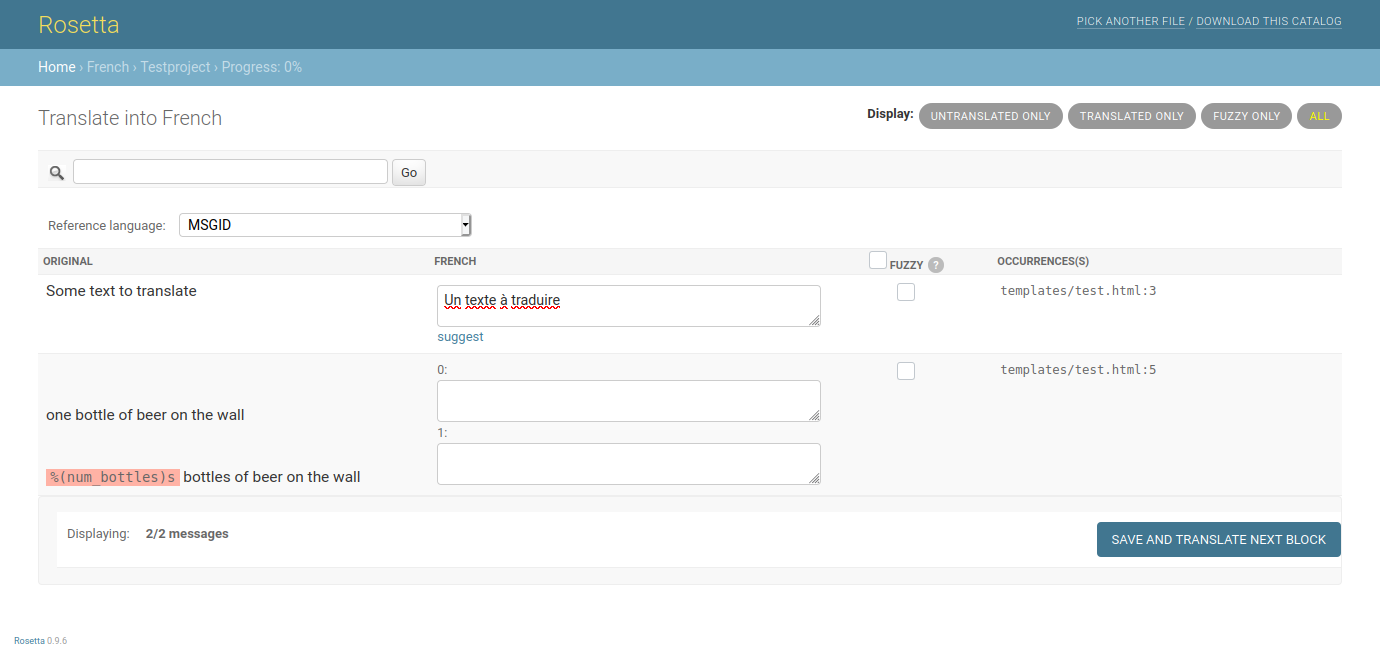Created by Stephen McDonald
Introduction
Up until PostgreSQL 9.2, COUNT queries generally required scanning every row in a database table. With millions of rows, this can become quite slow. One work-around for this is to query statistics in PostgreSQL for an approximate row count, which in many cases is an acceptable trade-off.
Given a table called bigdata, the following query will return an approximate row count:
SELECT reltuples FROM pg_class WHERE relname = 'bigdata';
You can read more information about slow COUNT queries in PostgreSQL in the PostgreSQL wiki.
What django-postgres-fuzzycount provides is a way of using this approach directly in your Django model managers. It was originally built for displaying statistics in the kouio RSS reader, a popular alternative to Google Reader, that acquired over 5 million news articles in its database during the first week of its launch.
Installation
The easiest way to install django-postgres-fuzzycount is directly from PyPi using pip by running the following command:
$ pip install -U django-postgres-fuzzycount
Otherwise you can download and install it directly from source:
$ python setup.py install
Usage
By using the fuzzycount.FuzzyCountManager on your Django models, its count() method will return an approximate value when querying PostgreSQL tables without any WHERE OR HAVING clauses:
from django.db import models
from fuzzycount import FuzzyCountManager
class BigData(models.Model):
big = models.BooleanField(default=True)
data = models.TextField()
objects = FuzzyCountManager()
BigData.objects.count() # Uses fuzzycount
BigData.objects.filter(id__gt=9000).count() # Doesn't use fuzzycount
The fuzzycount.FuzzyCountManager also checks the database engine being used, and only applies the approximate count query when using PostgreSQL, so other database backends can be used and will behave as usual (for varying definitions of usual, depending on the database :-).
Inspiration
- postgres_loose_table_counts, a Ruby gem providing the same approach for Rails
- This Django snippet, which bakes the approach into the admin


